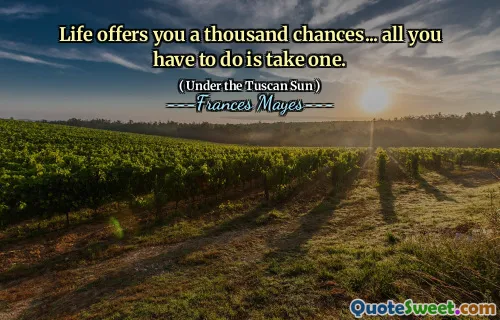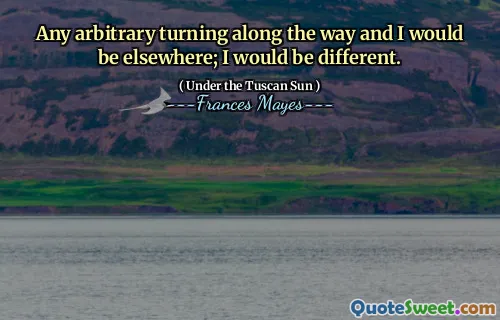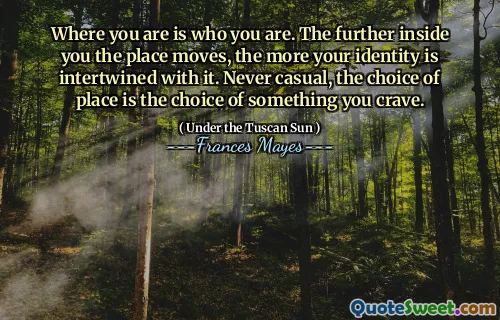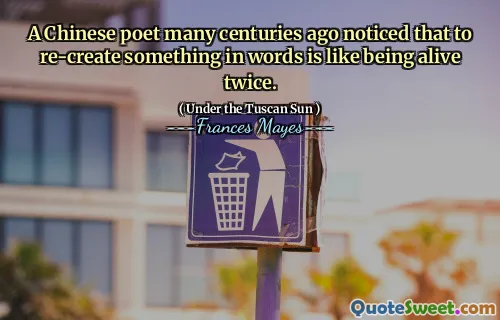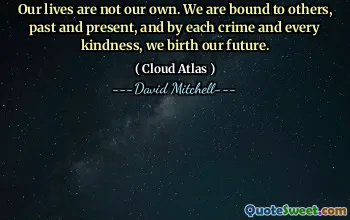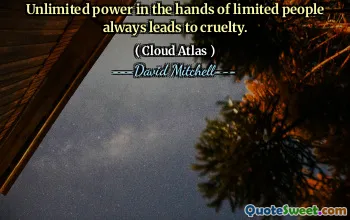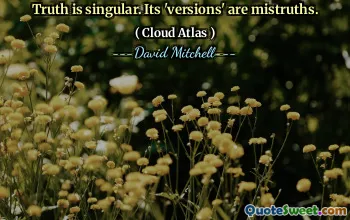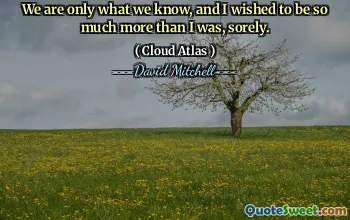
Stone houses, terrace walls, city walls, streets. Plant any rose and you hit four or five big ones. All the Etruscan sarcophagi with likenesses of the dead carved on top in realistic, living poses must have come out of the most natural transference into death they could imagine. After lifetimes of dealing with stone, why not, in death, turn into it?
In "Under the Tuscan Sun," Frances Mayes paints a vivid picture of the relationship between the natural and built environments in Tuscany. She describes the landscape where stone structures, such as houses and city walls, seamlessly integrate with the earth. The imagery of rose plants thriving around these strong, enduring stones reflects the deep connection between life and the concrete forms of history.
The author further explores the theme of transformation in death through the artistry of Etruscan sarcophagi, which feature lifelike depictions of the deceased. This detail emphasizes how the Etruscans may have imagined a natural progression from living beings to stone upon death, suggesting a sense of permanence and continuity in their culture. Mayes highlights how the material world can evoke profound reflections on life and mortality.
